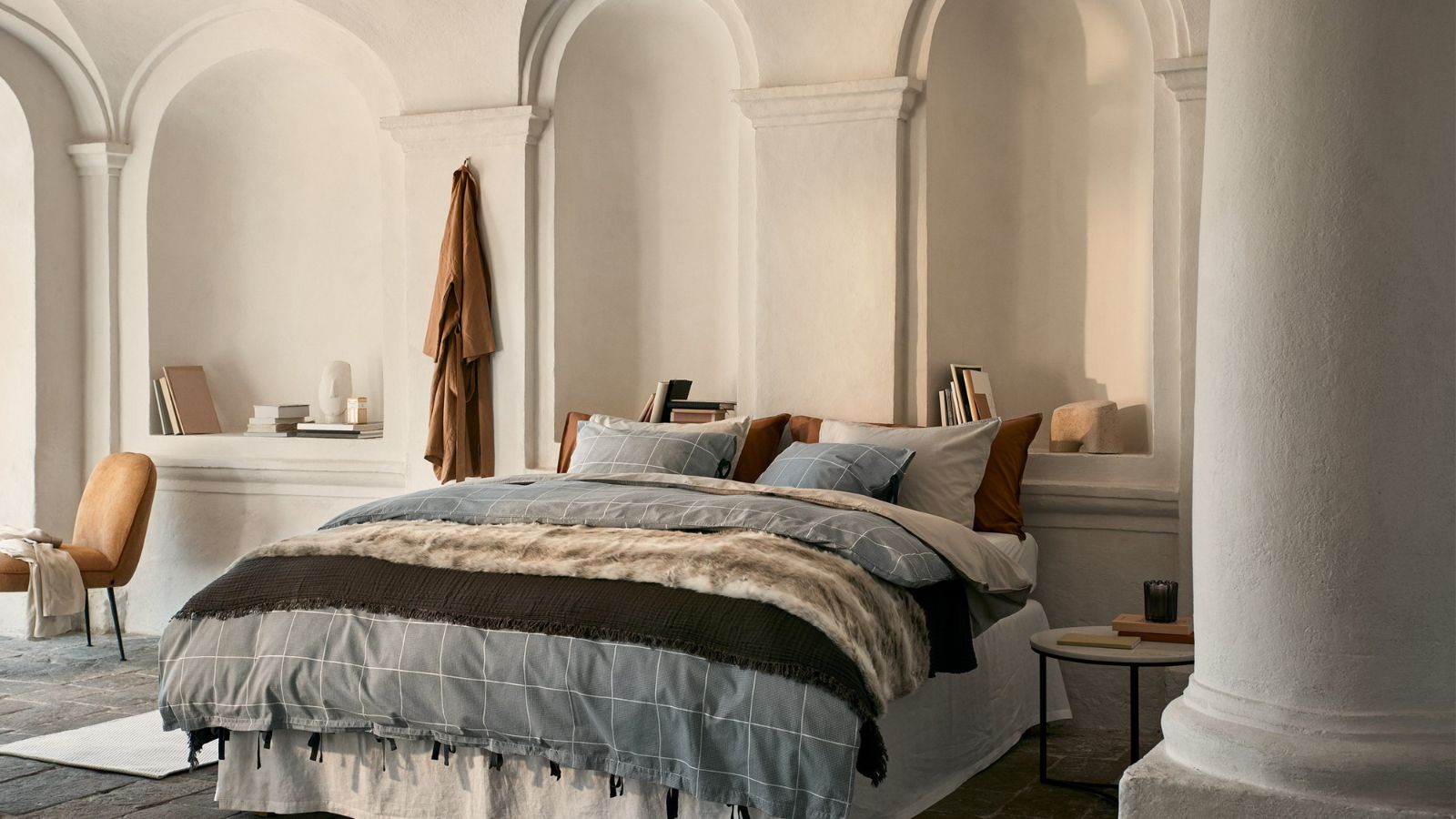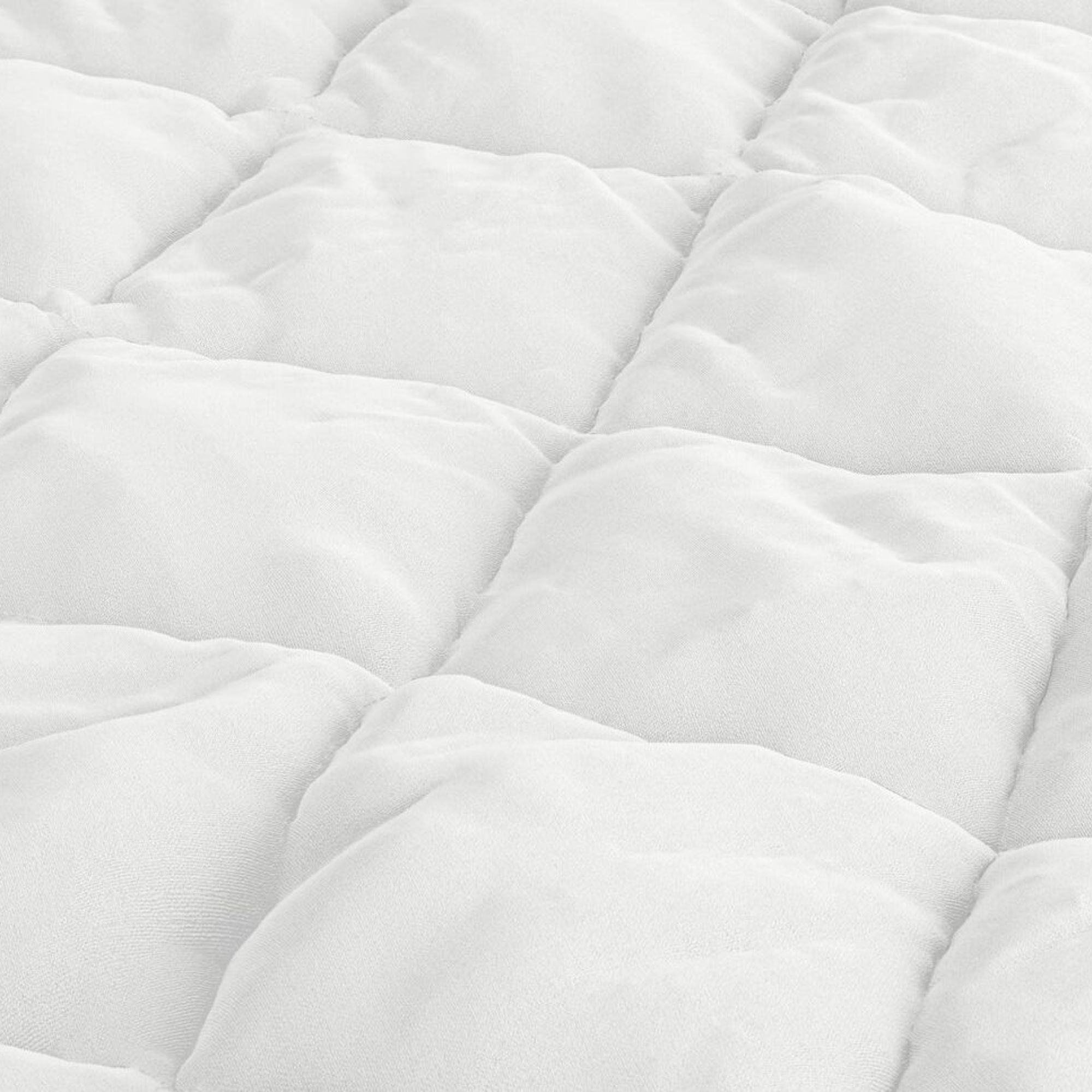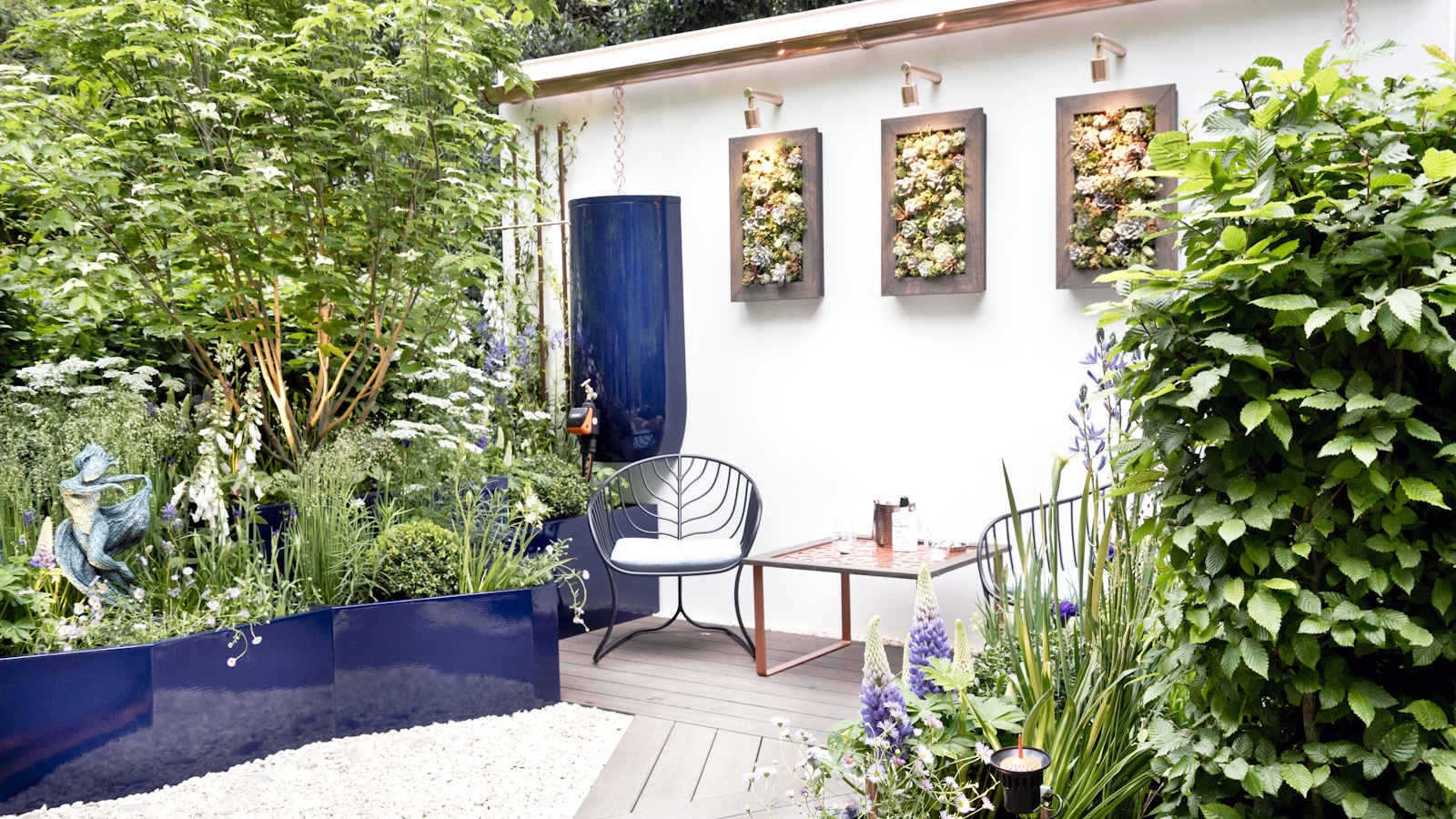Scandinavian sleep tips – 3 hygge hacks for deeper sleep
From airing your bedding to sleeping outside, these are the Scandinavian sleep tips worth trying for deeper, cleaner sleep


I spent the New Year in Norway. This was my first time visiting Scandinavia, and I expected to come home with tales of the biting cold and the beautiful scenery. Instead, all I could talk about was how much better I slept in Scandinavia.
Over the course of my vacation, I tried every facet of the Scandinavian Sleep Method. I slept under a single duvet on a queen-sized bed and cracked the windows open in sub-zero temperatures. I thought I'd freeze, but I woke up feeling relaxed and rejuvenated, ready to take on the slopes.
As H&G's resident sleep writer, I'm always looking to learn how to sleep better. My quest has taken me all around the world. Last week, I went to London on a sleep retreat: next month, I'm off to Arizona to see how some of the big-name brands make the best mattresses. I've learned so much about how different cultures sleep, and I think we could all take a few lessons from the Scandinavians.
Scandinavian sleep tips: tried and trusted
Since I came home, I've continued to test these Scandinavian sleep tips. I can tell you exactly how to implement these hygge hacks for deeper, cleaner sleep, wherever you are.
1. Invest in your own comforter

When the Scandinavian Sleep Method first went viral, it came as a culture shock to the average American, especially those of us who share a bed. We tend to sleep under the best bed sheets and share one comforter between two people. Over in Scandinavia, they spurn sheets in favor of one single, smaller comforter per person.
For me and my partner, the Scandinavian Sleep Method worked perfectly. As a notorious duvet thief, I often leave him out in the cold: as a light sleeper, he often wakes me up when he tosses and turns. If you asked either one of us whether you should use separate duvets, the answer would be a resounding 'yes': the Scandinavian Sleep Method gave us our own space within the same bed.
When you sleep under separate duvets, you only need to think about yourself and your sleep needs. Hot sleepers could opt for the best cooling comforter to dissipate heat and wick moisture, while their colder counterparts could stay cozy under the best warm comforter. This way, neither partner needs to compromise on comfort.
While the pros outweigh the cons, there are a few practical considerations to keep in mind if you'd like to try the Scandinavian Sleep Method. For starters, it will cost you: investing in two twin-sized comforters is often more expensive than one queen between two people, though you could always pick up an adjustable duvet to get two comforters for the price of one. If you're keen to keep up appearances, then it's worth learning how to style a bed with two comforters.

Investing in an adjustable duvet might be the easiest and most affordable way to experiment with the Scandinavian sleep method. All you need to do is pick up one twin-sized duvet and pop the layers apart to create two comforters.

This comforter is stuffed with real duck and goose feathers, which retain heat and trap air for warm, fluffy comfort. That down is held securely in place via a baffle box construction, which means no lumps, no bumps, and no cold patches.

If you'd like to try the Scandinavian sleep method, but you can't sleep in the cold, you need one of the best warm comforters. This ultra-warm insert is filled with thick layers of breathable lyocell and heaped handfuls of down alternatives to keep you cozy and comfortable, all night long.
2. Air out your bedding

I spent most of my vacation in Eikedalen, up in the mountains in West Norway. Although we were nice and cozy in the cabin, outdoor temperatures dropped below zero at night, and climbed to just 3°F in the morning. That's why I was so surprised when my Norwegian friend took his warm wool duvet and aired it out in the snow.
He explained to me that airing your duvet outdoors, just for a few minutes each morning, is standard in Scandinavia. The cold, dry air wicks moisture and works to keep dust mites and mildew at bay. Daily airing should guard against yellow stains and musty smells forming in your duvet.
Sunlight also has a part to play. Like I said, it gets seriously cold in Scandinavia, but the sun is often shining. Sunlight has natural antibacterial properties, which makes your bedding smell fresher and feel cleaner.
Even if you live in a warmer climate, you can still reap the rewards of airing your bedding. A short burst of fresh air should make your comforter feel crisp and cool, which is ideal for hot sleepers. Airing your bedding should also save you time and money in energy bills, since you won't have to wash your comforter as often: only once a season.
3. Brave the fresh air

Before I visited Scandinavia, I only ever imagined sleeping outdoors in a warm country at the height of summer. My Norwegian friend insisted that, as a child, he was left outside for a nap every afternoon.
I didn't believe him – I had to ask his mother for hard evidence. While she dug out the photo album, she explained the psychology behind sleeping outdoors. The fresh air and natural light helps to settle your circadian rhythm. An outdoor afternoon nap should boost your vitamin D and increase cortisol levels. As night falls, your cortisol levels naturally dip, prompting your body to make melatonin, just in time for sleep.
Wherever you live and whatever your age, you can reap the benefits of sleeping outdoors, and do it in style. I recommend seeking out a shady spot in your yard, away from prying eyes, to create your sleep sanctuary. You could splurge on something like the Avalon Rattan Daybed from Serena & Lily or spruce up your pre-existing seating area with an outdoor umbrella. I rate the Birch Lane Iago Outdoor Umbrella for form and function.
If you just can't bring yourself to sleep outdoors, I'd encourage you to open your bedroom windows for 15 minutes or so as you head to the bed. That way, you can get the same rush of cool air on your terms.
Scandinavian sleep tips FAQs
How do Scandinavians make their beds?
You don't need much to get the look: just a fitted sheet, two comforters, and a few pillows. Scandinavians start by placing their fitted sheet over their mattress, but they forgo a flat sheet. Next, they take their twin-sized duvets and lay each one out on the bed. The Scandinavians I know fold their duvets in half lengthways to create a long, thin triangle. It helps to keep things neat, and you only unfold as you get into bed. All that's left to do is add the best pillow for your sleep style.
What size duvet do I need for the Scandinavian sleep method?
I recommend one twin-sized duvet per sleeper. If either you or your partner is particularly tall, you might like to shop for a Twin XL to ensure you're covered from head to toe. If you sleep in a California King, you might want to size up to a full-sized duvet to cover the entire space.
Final thoughts
Scandinavian bedroom ideas don't stop at sleep: they encompass color schemes and furniture styles, too. For a quick and easy way to incorporate Scandi style, you could learn how Scandinavians organize their bedrooms to get the look in your own room.
If you've tried these Scandinavian sleep tips, and they're just not working for you, your sleep problems might run deeper than your duvet. I'd encourage you to check whether you're sleeping on the best mattress that meets your needs.
Sign up to the Homes & Gardens newsletter
Design expertise in your inbox – from inspiring decorating ideas and beautiful celebrity homes to practical gardening advice and shopping round-ups.

Emilia is our resident sleep writer. She spends her days tracking down the lowest prices on the best mattresses and bedding and spends her nights testing them out from the comfort of her own home. Emilia leads a team of testers across America to find the best mattress for every sleep style, body type, and budget.
Emilia's quest to learn how to sleep better takes her all around the world, from the 3Z mattress factory in Glendale, Arizona to the Hästens headquarters in Köping, Sweden. She's interviewed luxury bedding designers at Shleep and Pure Parima, as well as the Design Manager at IKEA. Before she joined Homes & Gardens, Emilia studied English at the University of Oxford.
-
 ‘It leads to more headaches than it's worth’ – 4 reasons you should never store things in your oven, including fire risks and serious illness
‘It leads to more headaches than it's worth’ – 4 reasons you should never store things in your oven, including fire risks and serious illnessYour oven is for cooking, and cooking only, experts urge
By Chiana Dickson
-
 Urban gardening ideas – 7 creative ways to grow in small spaces, balconies, containers, indoors, and more
Urban gardening ideas – 7 creative ways to grow in small spaces, balconies, containers, indoors, and moreMake the most of your space with these innovative ways to garden
By Tenielle Jordison